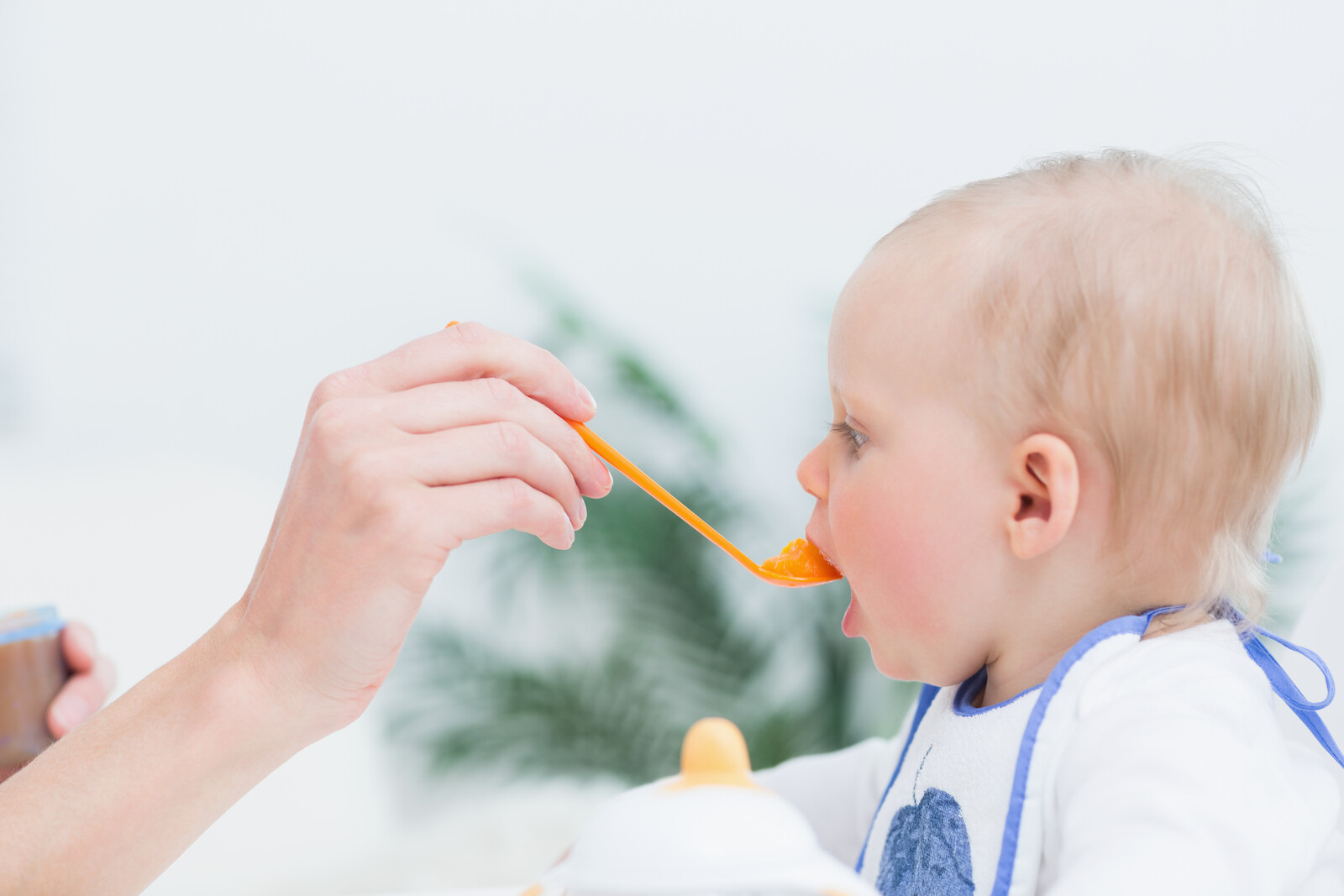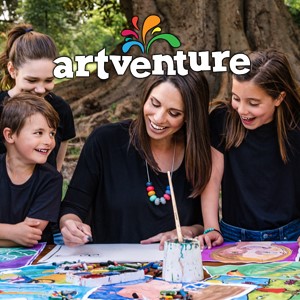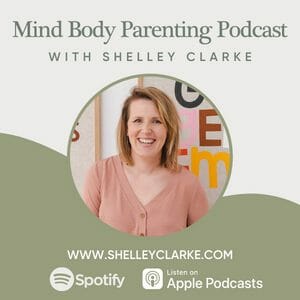I often describe choking as a parent’s worst nightmare. It is a topic that I understandably get asked about a lot because it causes the most anxiety amongst parents, grandparents and carers. There is good reason for this as choking can happen quickly, without warning and a life-threatening choke is quiet.
Choking happens when an object enters the airway causing a blockage. This blockage can be partial (they can still effectively cough) or full (no coughing or breathing, life-threatening). Whilst choking can happen at any stage in life, children under 4 are most at risk. They are still learning to safely eat and do not yet have their back teeth to grind food up. Not to mention, pre-schoolers are always putting things in their mouth, it is part of how they explore the world around them. Because all of these factors can increase the risk of choking, it is important to put some preventative steps in place to reduce the risk of choking, especially in those risky, early years.
So, what can you do to help prevent choking in your family? Here are some simple steps:
1: Start solids when your child is developmentally ready
Over the years the “right age” to start solids has changed and has caused confusion. The current practice is now to start solids when you child is developmentally ready, around 4-6 months. If you start earlier than this, their digestive system and swallowing skills may not be ready. Your Child Youth Health Nurse or GP can help you decide if your baby ready, but the questions to ask yourself are:
- Do they have good neck control and can sit with some support?
- Do they have good tongue control?
- Are they interested in you eating (e.g. watching you eat, opening their mouth when you do, grabbing at food)?
- Do they still seem hungry after a breast/bottle feed?
2: Give age and developmentally appropriate foods and textures
There are some foods that are a higher choking risk than others. It is important to be aware of these foods and introduce them when your child is developmentally ready for them. The Child Youth Health website is a great resource when starting your child on solids and progressing to the next stage of feeding www.cyh.com
It is also important to know how you can make foods safer for your child to eat. Risky foods include:
- Round foods (e.g. grapes and cherry tomatoes) cut in half length way to reduce the diameter
- Food with skins (e.g. sausages, Frankfurt sausage), remove skins, avoid cutting into circles, cut into batons or into small pieces
- Hard fruit/veges (eg carrots, apples), cook, mash or cut
- Meat, remove fat, gristle and bone, mince, slow cook, chop into very small pieces
- Foods that are not safe until older as they cannot be made safe e.g. popcorn, corn chips, boiled hard lollies, nuts (give paste) and very hard crackers that do not dissolve easily
3: Always watch your child eat
A complete airway obstruction (choke) is quiet. They cannot breathe/move air up and down as their airway is fully blocked. This means they cannot cough effectively or make a noise. If you are not watching them, you may not be aware they are choking. If you cannot see your child, you should not be feeding them e.g., when they are facing away from you in their car seat. Watching your child eat will also help you know what types of food they can safely eat.
4: Make sure you child sits to eat
This one is tricky, I get that! But if a child is running or walking around and falls with food in their mouth it may choke them. Try and establish a family rule that you sit to eat. When they want to move, they hand you back the food. Don’t worry if they don’t eat much at that time, they are likely to make up for it at the next meal, or even the next day. It’s a good idea to think about what your pre-schooler eats over a few days or a week, rather than expecting a consistent amount each meal/day.
5: Don’t feed them if they are laughing or crying
We often make our children laugh during mealtimes to keep them still and entertained. However, if your child is laughing or crying, stop feeding them. You can’t safely chew, swallow, cry/laugh and breathe at the same time. At some point they will need to breath and if they haven’t been able to swallow there is a big risk of breathing in (aspirating) the food that they had in their mouth which can block off their airway.
6: Avoid feeding when tired
This ties in with the above point. If your child is overtired then they are more likely to cry, some children may even fall asleep while eating. But when they are tired their swallow may also become unco-ordinated. During a normal safe swallow when food leaves the mouth and enters the oesophagus (tube to the stomach) there are some “flaps” (vocal cords and epiglottis) that close off the airway, preventing food from entering. When someone is tired, or even distracted this protective closing off may not occur fully, allowing food to enter the airway. It is best in the early years to time meal and snack times for when your child is not tired and can focus on eating.
7: Allow your child to pace the meal and do not force feed
It is important to allow your child to swallow and clear their mouth before putting more food in their mouth. This might mean meal time take a while! Some children will also need to be encouraged and taught not to put too much in their mouth at once if they are feeding themselves. They usually quickly learn as their protective gag reflex (which is ok and normal) helps them self-regulate by giving them a cue that they have put too much in their mouth. It is also good to role model safe eating yourself and give them guidance as they eat by demonstrating.
8: Remove choking risks
This one is probably self-explanatory. But remember that you child will go through a stage of putting EVERYTHING in their mouth, so make sure that you keep small, hard objects that can cause choking out of their reach. This becomes tricky when you have other children, so make sure you take time to explain to your older children why they need to keep Lego (for example) in their room or up out of reach.
9: Educate yourself and anyone who looks after your child
Despite your best efforts, choking can still happen. It did to me when my daughter was 6 years old… we were sitting eating dinner, it was sausages cut into small pieces, she knows how to chew and swallow…. But she has an older brother who made her cry and she couldn’t clear her airway before she breathed in. We were lucky that I knew what to do and that the blockage was quickly cleared.
It is important to be proactive and make sure you have all the information you need to confidently assess the situation and take the correct first aid action BEFORE one occurs. The best way is to book into a course appropriate for your needs early. Don’t wait until you have had a scare. A course will ensure that you get hands-on practice which creates invaluable muscle memory to help you stay calm in a stressful situation. It will also help you to be confident in recognising a normal gag, an incomplete/partial airway obstruction (effective coughing) and when there is a life-threatening complete/full airway obstruction and what to do at each stage.
Choking first aid can be reviewed on page 2 of the link below
https://www.cyh.com/HealthTopics/library/Preventing_Choking_Fact_sheet.pdf
Taking a preventative and proactive approach to first aid is the best type of first aid that there is. We can all choke at any stage in life. But if you take some time in the early years to take steps to teach and protect your child as they develop the skills needed to safely explore food, tastes and textures then those skills will remain with them for life. I encourage you to take 5 minutes today to think about whether there are any simple changes that you can make to make feeding your child safer.
My next Parent/Caregiver first aid courses are on Sunday 28 July in Holdfast Bay and Mon 5 August in Morphett Vale. I would love to see you there, you can book by following this link
https://head2toefirstaid.as.me
This article was written for information and education purposes only and is not intended to be a substitute for professional medical advice, diagnosis, or treatment. Always seek the advice of your physician or other qualified health provider with any questions you may have regarding a medical condition. Never disregard professional medical advice or delay seeking it because of something you have read in this article.
Karyn is an Adelaide based, Registered Nurse and Trainer with 18+ years of experience dealing with the medical and first aid needs of both adults and children. She is also a Mother and has firsthand experience dealing with Asthma and Allergies/Anaphylaxis on a daily basis. These roles enable Karyn to both appreciate the first aid challenges that a Parent/Caregiver can face, and understand the importance of quality first aid training in the community. Visit her website at www.head2toefirstaid.com.au




















